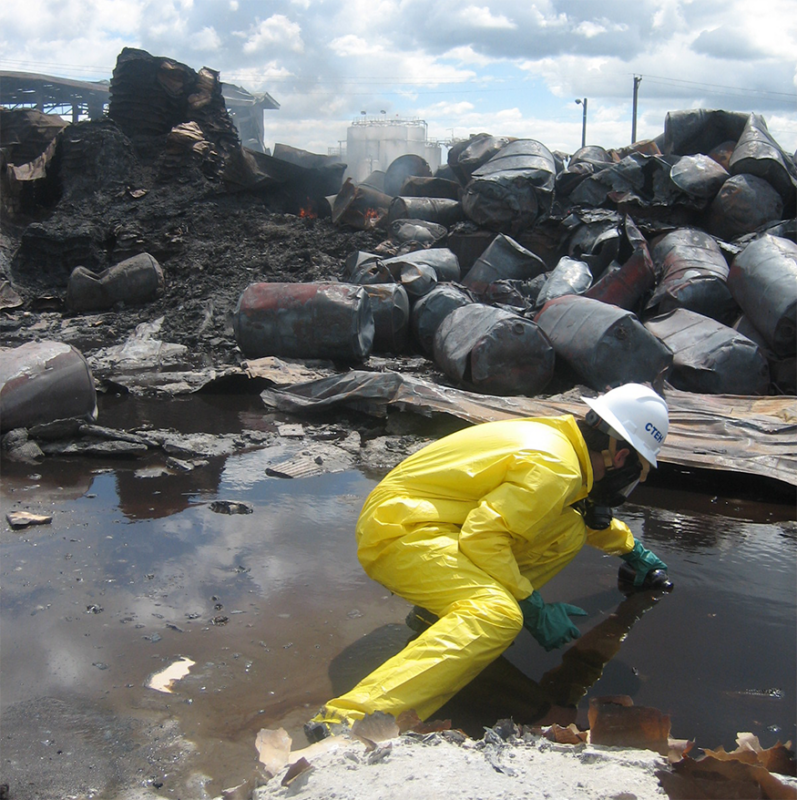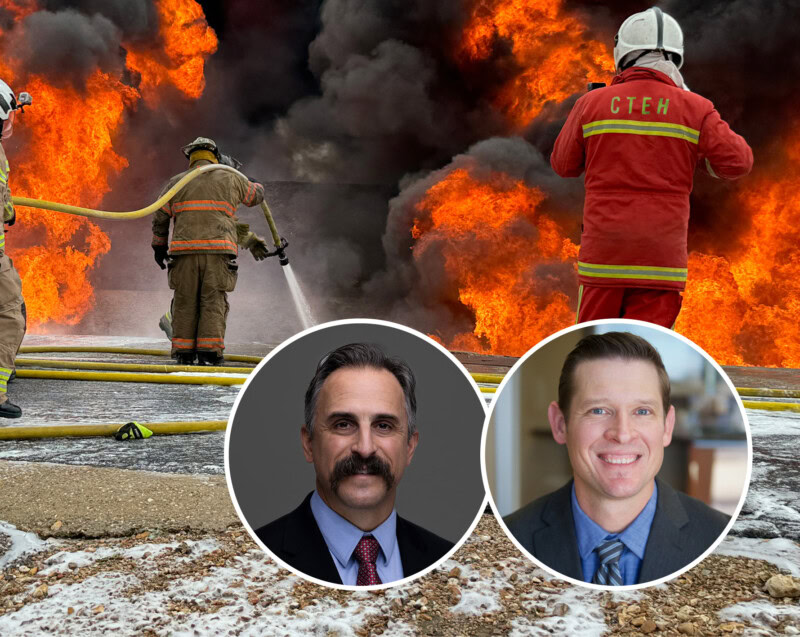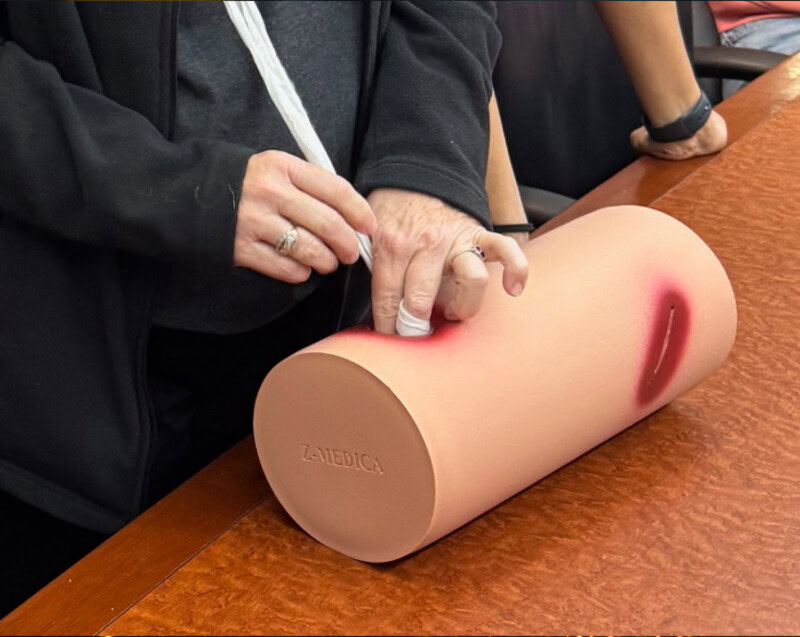During his more than 20-year career, Dr. Paul Nony, CIH, has been widely recognized as an expert on worker chemical exposure incidents and releases of hazardous materials. He was recently asked to share this knowledge and his lessons learned at the Clean Gulf Conference with a presentation on personal protective equipment (PPE) during spill responses.
As Dr. Nony said, “The primary objective of any spill response is usually life safety, and personal protective equipment is sometimes required to prevent worker exposures to physical and chemical hazards.” But how can the general public and its perceptions impact entities’ PPE decisions? And, how can responders improve their communications with the public? Find out more in our Q & A with Dr. Nony below:
Why is this issue important for those involved in spill responses?
First, it’s important to note PPE should always be selected based on hazards—not workers’ desires or public pressures. However, it’s also important for responders to understand why the public’s proximity to the oil spill cleanup and its perceptions should be considered when assigning tasks and PPE.
How does crisis communication play a role in these responses?
If the general public is in close proximity to the response or has viewed media coverage of the incident, it may mistakenly believe certain hazards exist for themselves or response workers when, in fact, none do. With effective communication methods, responders can help the public better understand the situation. When addressing public perceptions, they should focus on communicating the risks, providing consistent messages and offering practical approaches.
Remember, effective communication is key! If you have questions for Dr. Nony about PPE and how crisis communications may play a role in spill response decisions, contact him here.




